Formula 1 teams are always looking for the extra advantage when it comes to extracting performance out on track, and it often leads to design breakthroughs they did not think were possible.
Red Bull was keen to maintain their advantage in 2011 having won their first Constructors’ and Drivers’ championships with Sebastian Vettel, but had fallen behind the curve on the big breakthrough designs.
In 2009 Red Bull didn’t have a double diffuser on their car until later on in the season, then in 2010 they had to catch up to McLaren when they introduced the F-Duct overtaking aid.
For 2011 they would lead the pack on an exhaust design known as the ‘blown diffuser’ which brought them extra downforce by blowing the hot air from the exhaust into the floor of the car.
Adrian Newey, who led the design team at Red Bull, recalls how the team took inspiration from WW2 bombers for the concept when speaking to AMuS.
Adrian Newey says Red Bull took inspiration from WW2 bomber for blown diffuser
The RB7 was another dominant car from Red Bull’s F1 history, taking 12 wins at the hands of Vettel and Mark Webber in 2011.
The blown diffuser was the most advanced in the field, with Newey explaining how the concept came to light after studying V1 bombers.
“It was one of those things which almost never happens. It looked perfect in the wind tunnel, when we got on track we realised the effect was even stronger than we thought it would be,” said Newey.
“We started trying to understand that and one of the guys, Craig Skinner, did some work and realised that a pulse jet which is like the V1 bombers, when they went through every ignition cycle, as the air comes out of the nozzle on the exhaust it expands.
“Then you get this ring vortex with every pulse. So you get a much bigger cone of air than what you would do in a steady state. That’s what was happening because the V8 pulses and then every pulse was creating a ring vortex and making the cone [of air] much bigger and getting into the floor.”
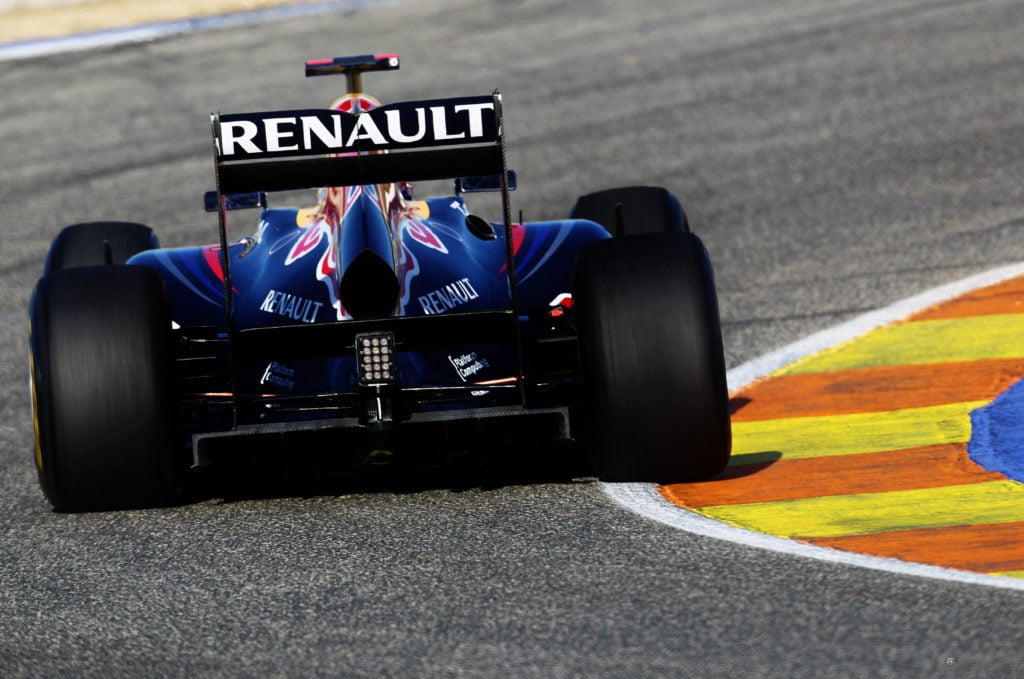
What made the Red Bull blown diffuser superior?
Pretty much every team on the 2011 grid had their own version of the exhaust-blown diffuser, but Red Bull’s was the most successful.
This was because they managed to find a way to cleverly manipulate the engine maps with supplier Renault, enabling them to ensure there was always some degree of airflow being expelled from the exhaust outlet to retain a seal on the diffuser.
This was even achieved when off-throttle, which became a contentious talking point midway through the season when McLaren and Ferrari tried to get it banned because it was not controlled by the driver.
READ MORE: All you need to know about Red Bull Racing from engine to Ford links
Teams achieved this trick, known as ‘cold blowing’ by cutting the fuel and spark then, combined with cylinder cutting, turned the still-revving engine into an air pump and could send air to the diffuser when off-throttle.
The FIA eventually banned the technology on cost grounds, stipulating that the exhausts must be in a specific location for the 2012 seasons and beyond.



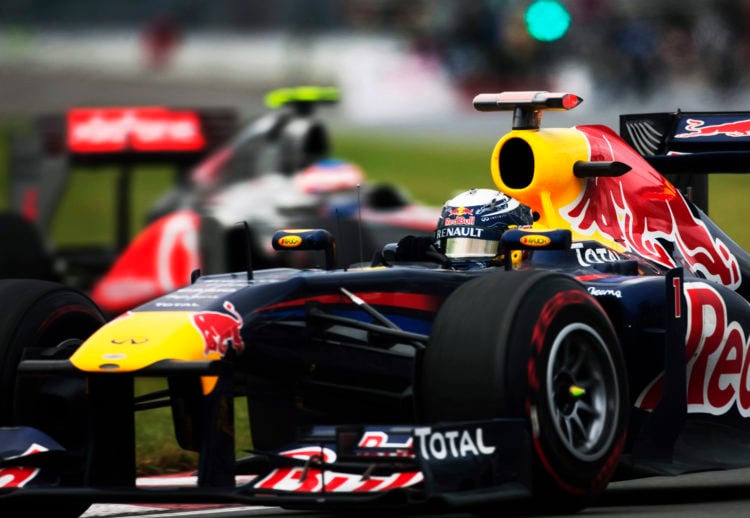
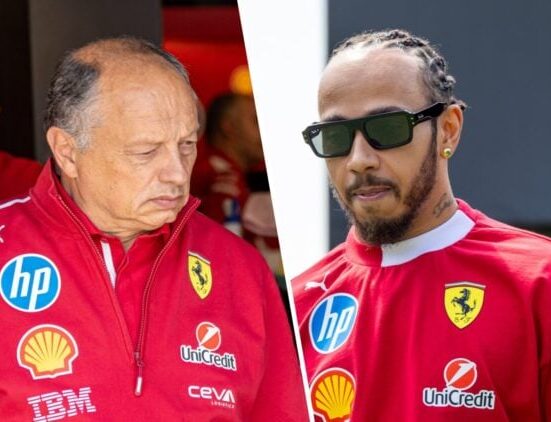


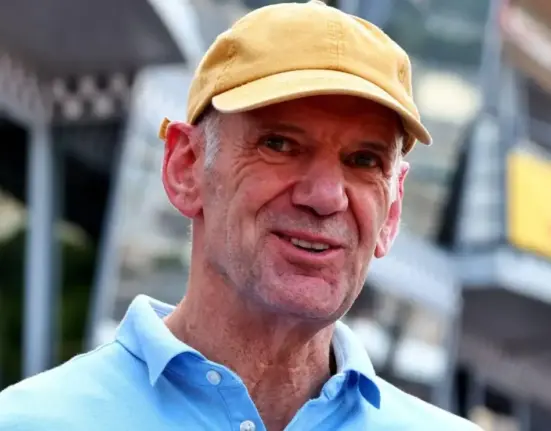
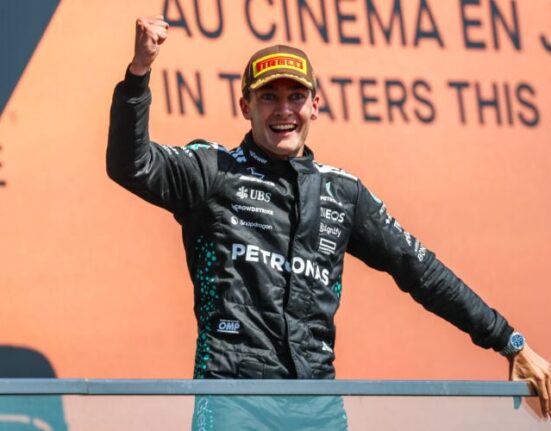

Leave feedback about this